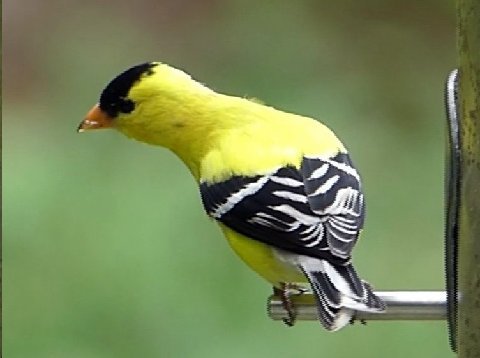Readers may submit photos for consideration for Lincoln Through the Lens by emailing them to lincolnsquirrelnews@gmail.com. If your photo is published, you’ll receive credit in the Squirrel. Photos must be taken in Lincoln and include the date, location, and names of any people who are identifiable in the photo. Previously published photos can be viewed on the Lincoln Through the Lens page of the Lincoln Squirrel.
Lincoln through the lens
Where are the other 11? (Lincoln Through the Lens)
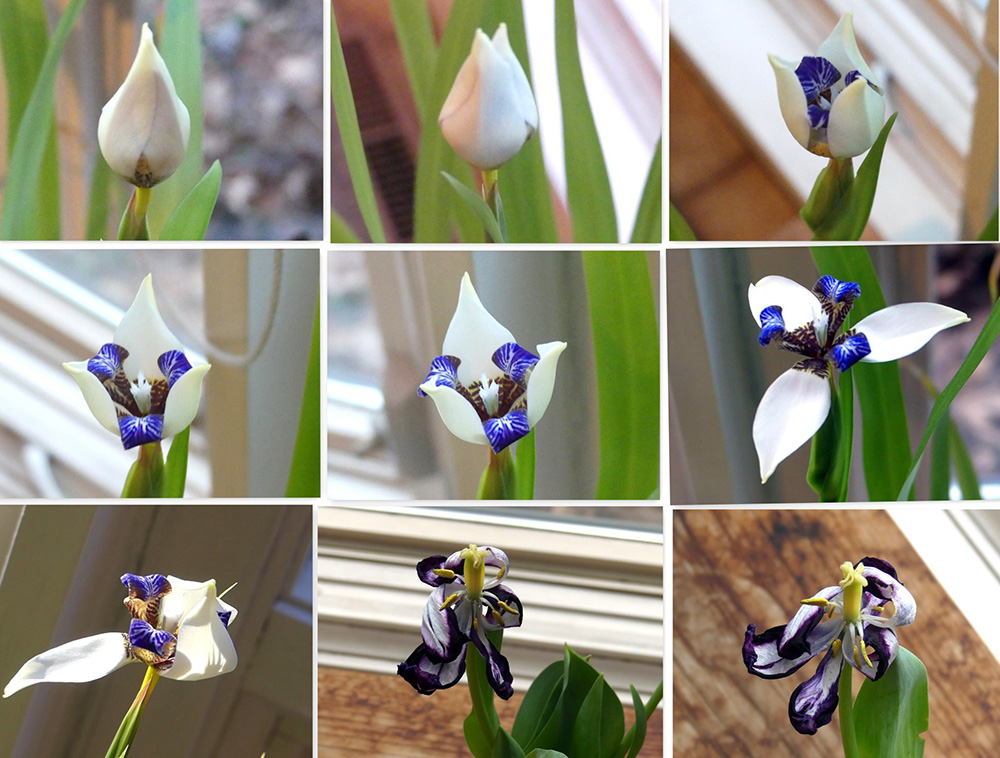
Harold McAleer created this photo collage of an apostle plant flower, which blooms and dies in a single day.
Readers may submit photos for consideration for Lincoln Through the Lens by emailing them to lincolnsquirrelnews@gmail.com. If your photo is published, you’ll receive credit in the Squirrel. Photos must be taken in Lincoln and include the date, location, and names of any people who are identifiable in the photo. Previously published photos can be viewed on the Lincoln Through the Lens page of the Lincoln Squirrel.
Chair bear (Lincoln Through the Lens)

A large stuffed bear gets comfortable in a recliner outside the Stone Church in advance of Saturday’s “Trash and Treasures” fair from 9 a.m. to noon. Photo: Harold McAleer.
Readers may submit photos for consideration for Lincoln Through the Lens by emailing them to lincolnsquirrelnews@gmail.com. If your photo is published, you’ll receive credit in the Squirrel. Photos must be taken in Lincoln and include the date, location, and names of any people who are identifiable in the photo. Previously published photos can be viewed on the Lincoln Through the Lens page of the Lincoln Squirrel.
Seeing eye to eye (Lincoln Through the Lens)
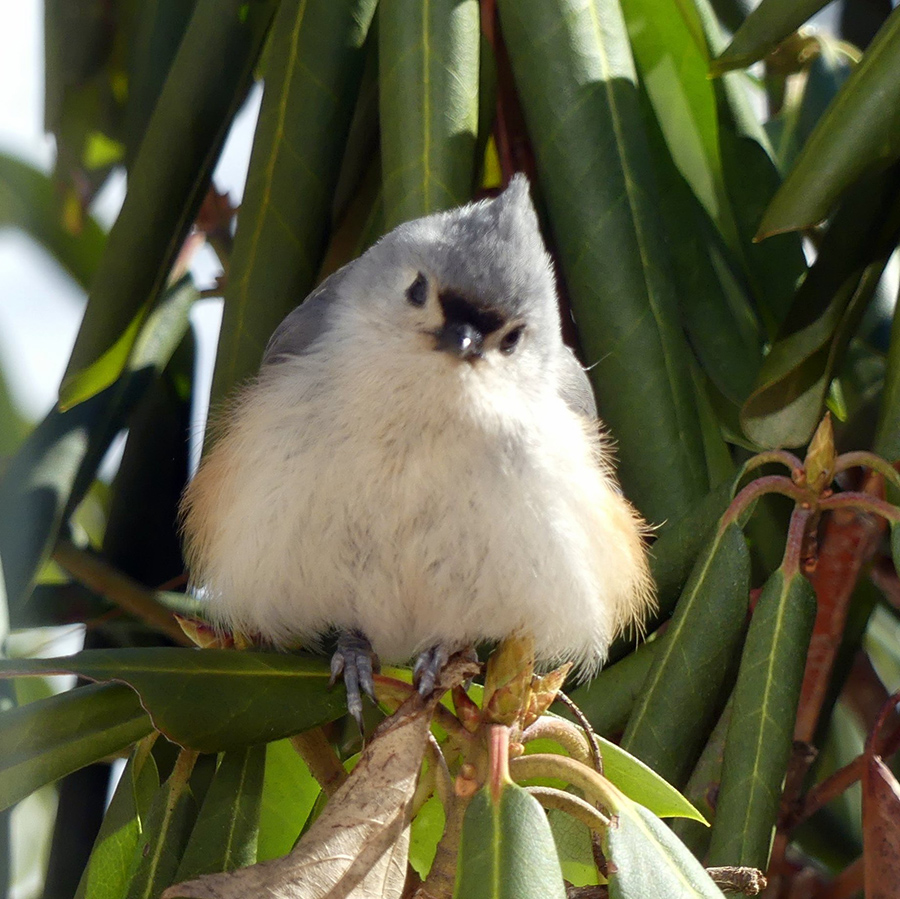
Harold McAleer encountered this tufted titmouse giving him the eye (though despite his shape, this is not an Angry Bird).
Readers may submit photos for consideration for Lincoln Through the Lens by emailing them to lincolnsquirrelnews@gmail.com. If your photo is published, you’ll receive credit in the Squirrel. Photos must be taken in Lincoln and include the date, location, and names of any people who are identifiable in the photo. Previously published photos can be viewed on the Lincoln Through the Lens page of the Lincoln Squirrel.
Balancing act (Lincoln Through the Lens)
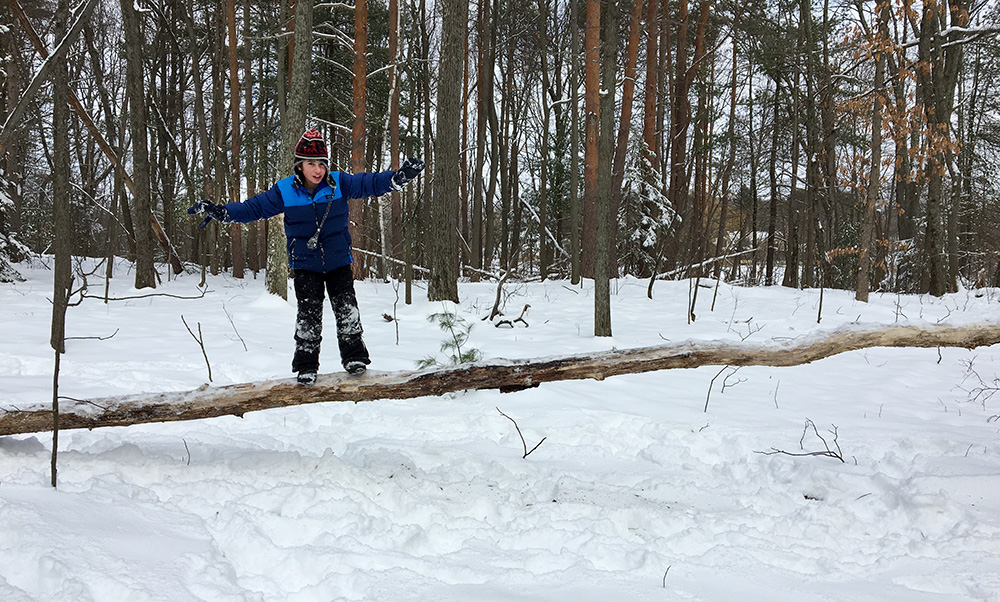
Lincoln resident and Birches School fourth-grader Atticus Borggaard balances on a fallen tree in the conservation land behind the Birches School during a nature play afternoon. (Photo submitted by Cecily Wardell)
Readers may submit photos for consideration for Lincoln Through the Lens by emailing them to lincolnsquirrelnews@gmail.com. If your photo is published, you’ll receive credit in the Squirrel. Photos must be taken in Lincoln and include the date, location, and names of any people who are identifiable in the photo. Previously published photos can be viewed on the Lincoln Through the Lens page of the Lincoln Squirrel.
A pillar of the community (Lincoln Through the Lens)

Before Friday’s snowstorm, cows and geese relax in the field on Old Sudbury Road with the storied Pillar House in the background. Editor’s note: the house was built in Newton as a private residence in 1828 and later became the Pillar House restaurant from 1951-2001. After the restaurant closed, Chris Brown and his family won the rights to the Pillar House in 2003 after the state seized the property at the junction of Rtes. 128 and 16 by eminent domain and sold it for $1 on the condition that it be dismantled and reassembled elsewhere. It’s now a private residence once again for Brown and his family. See Boston.com’s photo gallery about the building’s move and its earlier history. (Photo: Harold McAleer)
¿Como se llama? (Lincoln Through the Lens)

Henry the llama* is one of the collection of livestock at Ellen Raja’s farm on Old Sudbury Road. Henry has taken full charge of the flock, being as Raja describes him “large, smelly and protective.” He is often rude to humans and hates dogs (though he tolerates Raja and her sheepdogs). Fortunately, though he gets along with sheep, he is also full of rancor and aggression toward other members of the dog family, including foxes and coyotes. “Earn his keep? You bet he does,” Raja says. Photo: Harold McAleer
* “L-L-A-M-A,” as most people know, is one of only three ways to spell this word. A “one-L” lama is a teacher of Tibetan Buddhism; a “two-L” llama is the creature resembling an alpaca; and a “three-L” lllama is a wicked big fire in Summahville.
Readers may submit photos for consideration for Lincoln Through the Lens by emailing them to lincolnsquirrelnews@gmail.com. If your photo is published, you’ll receive credit in the Squirrel. Photos must be taken in Lincoln and include the date, location, and names of any people who are identifiable in the photo. Previously published photos can be viewed on the Lincoln Through the Lens page of the Lincoln Squirrel.
By the light of the silvery moon (Lincoln Through the Lens)

Harold McAleer took this photo of the waxing moon over Lincoln. The dot near the center is the Copernicus crater, while the large dark circle above it is Mare Imbrium (Sea of Rains). Ranging to the right of that are Mare Serenitatus (Sea of Serenity), Mare Tranquillitatus (Sea of Tranquility, where the Apollo 11 astronauts landed, though Harold’a camera is not up to the task of revealing the lunar module), Mare Foecunditatus (Sea of Fertility), and (above right) Mare Crisium (Sea of Crises). Source: Wikimedia Commons
Door-to-door salesman? (Lincoln Through the Lens)

“Anyone home?” This turkey appeared recently at the kitchen door of Cambridge Turnpike resident Dan Boynton—perhaps looking for a post-Thanksgiving handout.
Readers may submit photos for consideration for Lincoln Through the Lens by emailing them to lincolnsquirrelnews@gmail.com. If your photo is published, you’ll receive credit in the Squirrel. Photos must be taken in Lincoln and include the date, location, and names of any people who are identifiable in the photo. Previously published photos can be viewed on the Lincoln Through the Lens page of the Lincoln Squirrel.
Late fall camouflage? Not so much (Lincoln Through the Lens)
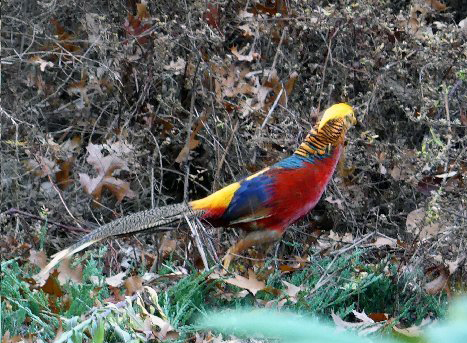
Harold McAleer spotted this golden pheasant in his front yard. Like the common ring-necked pheasant, the birds are native to Asia but took root in feral populations here and there. With that plumage, there’s not much danger it will be confused with the turkey, a larger and more sedately colored New England native.
